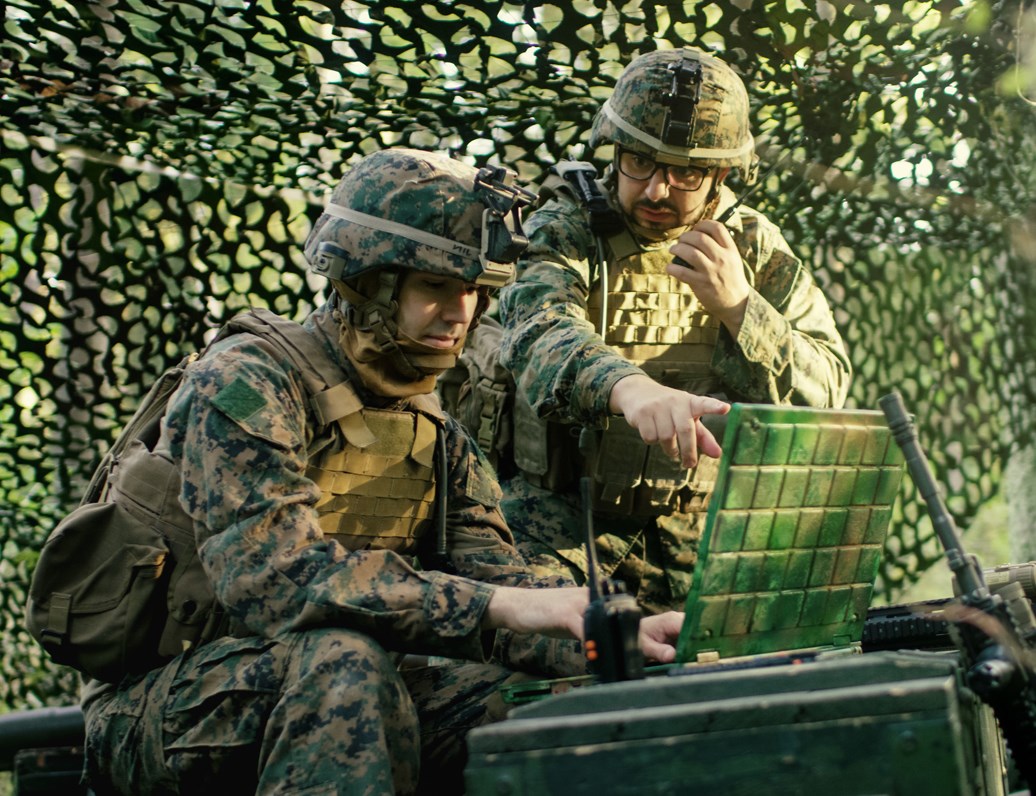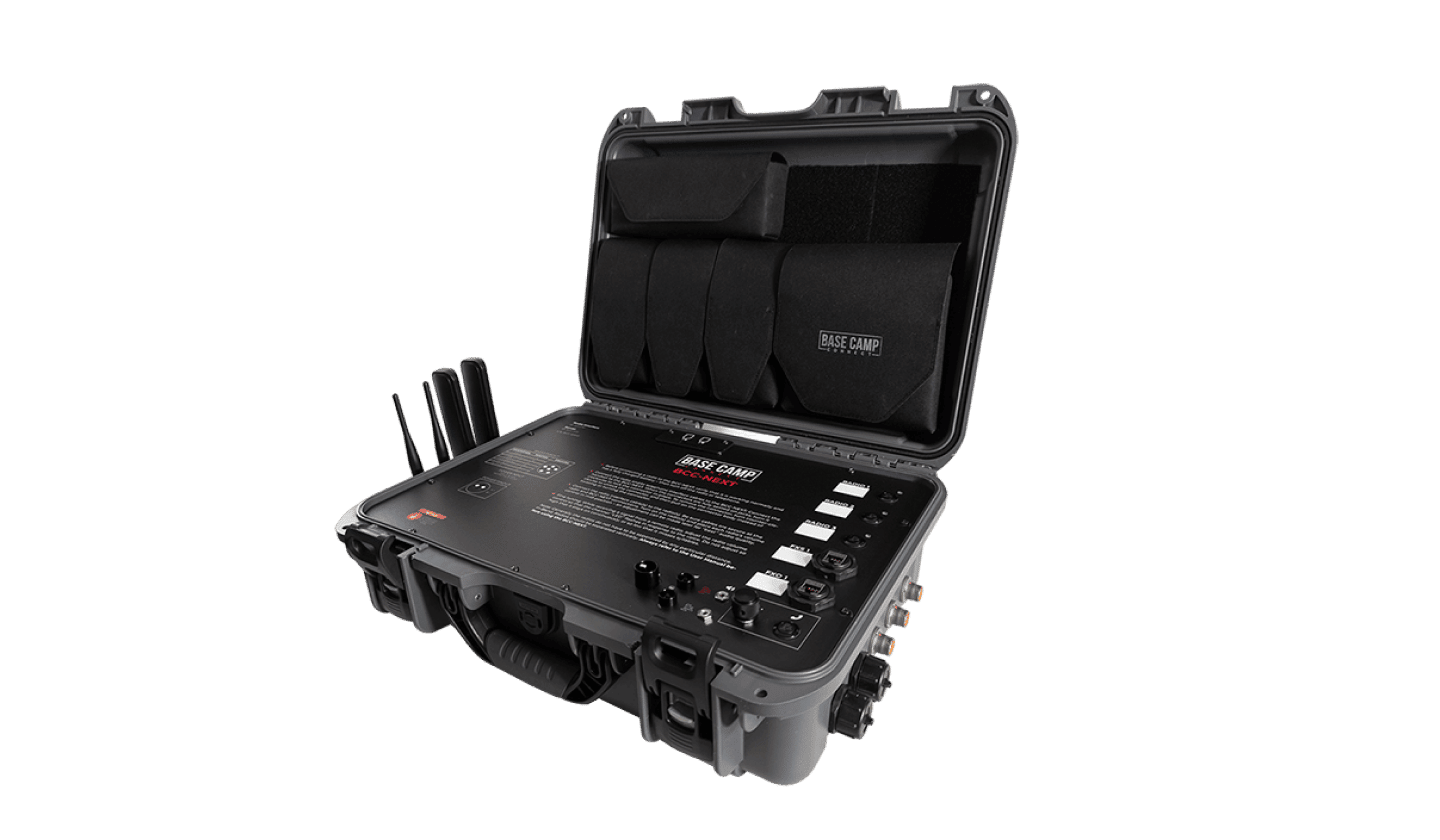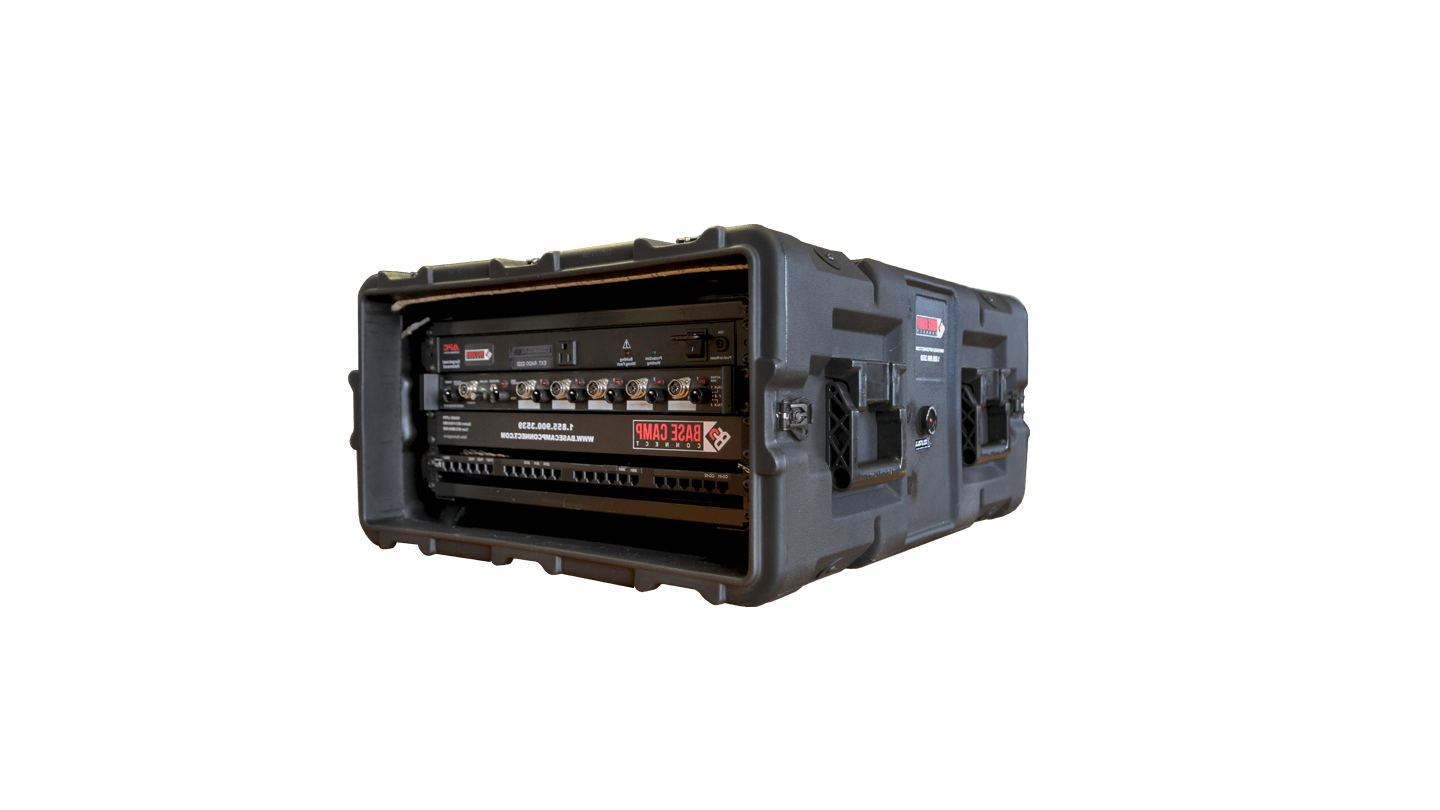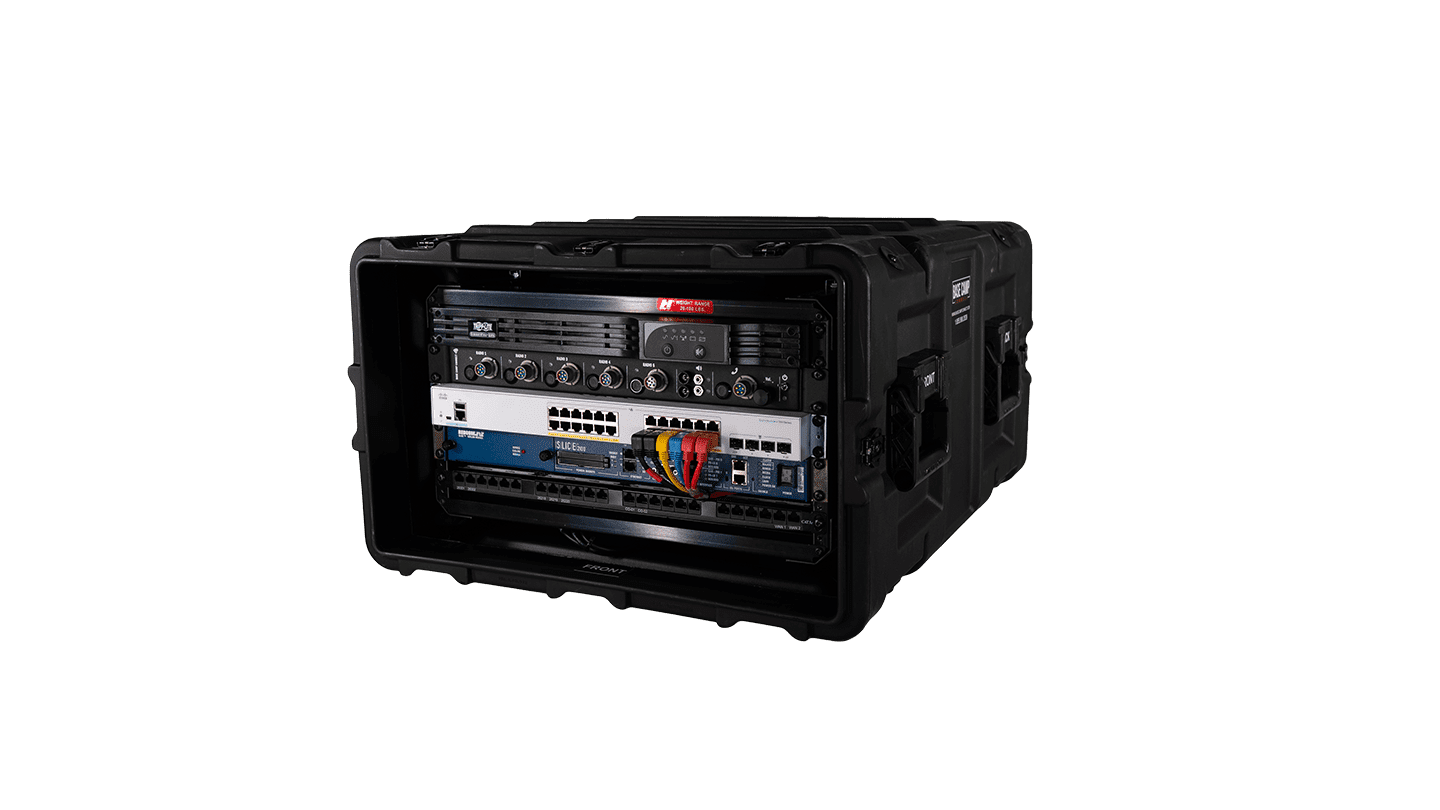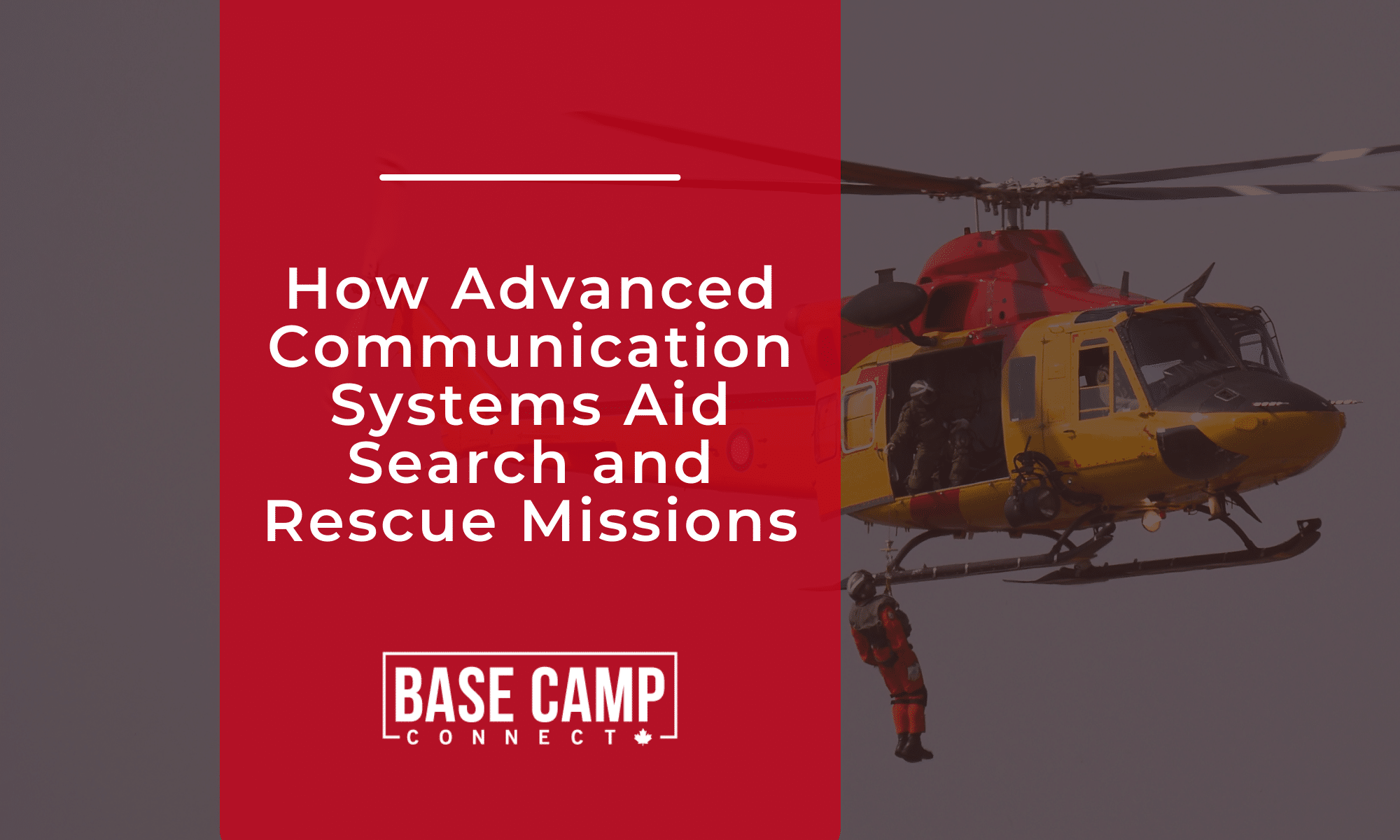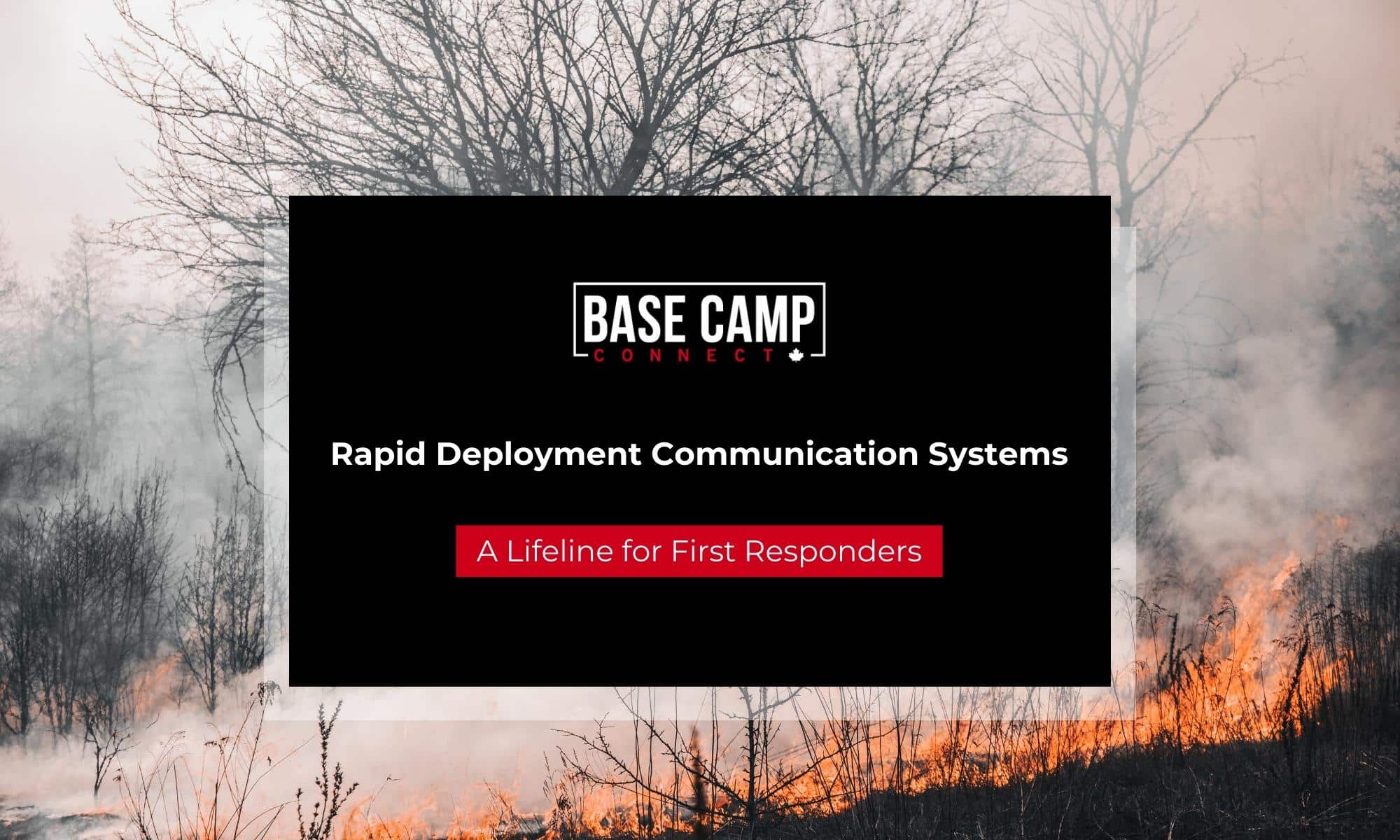Situational awareness (SA) is a critical component to accomplishing any mission. Without a clear understanding of the physical world around us and how people act within that world, we cannot make informed decisions about our future actions. One of the foundational components of developing SA is reliable and effective communications. Maintaining communications is essential to developing SA and sharing our SA picture with all stakeholders.
Communications equipment and capabilities add an additional level of complexity to building SA. The physical world can significantly affect radio operations as terrain, weather, the interoperability of various communication assets, and other factors can help or hinder the building of the SA picture. All levels of an organization must understand these factors if they are to benefit from a clear picture of their specific area of operations.
In this article, we’ll discuss what precisely SA is (particularly for communications), why it is essential to understand for all levels of an organization, and some tips to help improve SA in all environments.
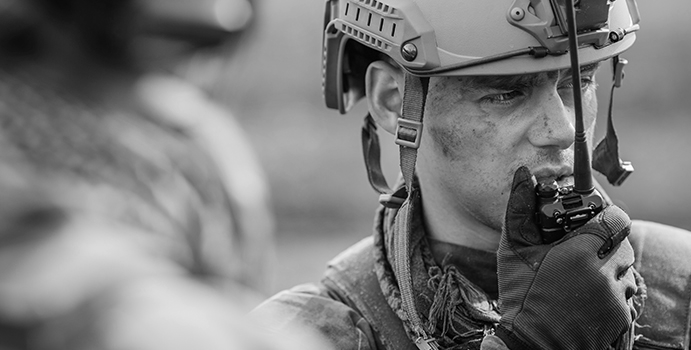
What is Situational Awareness?
There are three components to building SA in general. Each of these elements requires special considerations when focusing on communications. For those who may not be as familiar with SA, we’ll review each of these elements and then discuss how each relates to communications.
First is understanding the physical environment of the area you will be operating in. The physical environment includes the terrain, weather, plants, animals, smells, sounds, visual stimuli, and things people build. The SA picture uses this information as its foundation.
There is an added layer of complexity to SA when we look specifically at communications. As an example, let’s look at one aspect of the physical environment, terrain. When I was a young platoon commander in the Marine Corps, my focus on terrain during the SA development process was more concerned with how land features helped or hindered my unit’s movement.
If I were to look at the terrain and its effects on communications, I would have more specific concerns. What features will make communicating difficult? Is this terrain better suited for setting up a private LTE, or is it an ideal area for the propagation of longer radio waves?
Other considerations in this first element of building SA with communications can reach far outside the immediate space around you. Some assets, such as those using radio waves, can be adversely affected by the sun. At times of high activity, the sun produces more solar flares, which in turn causes more sunspots and the release of a more significant amount of UV radiation. Once in the ionosphere, the higher levels of radiation can affect your radios. Thus, part of building your understanding of the physical environment for communications may include a review of predicted sunspots and radio flux for the period of operations.
The next element in building SA is understanding people’s purposes and movements relative to the world around them. The second element is the most difficult to develop. Here you must become a student of people. Many people are creatures of habit, while others are more unpredictable.
Let’s look at two examples, with the first will help to explain this element of SA and the second to explain a more communications-focused SA for this phase.
Let’s say you are a police officer and are concerned a local bakery is a front for illegal activity. After you have already built your understanding of the physical environment related to the bakery and things around it, you now need to study the people. What time does the baker come in to open the shop? If a delivery truck arrives every Monday, does the baker unload it, or does the delivery truck driver? When people enter the bakery, what do the workers do to greet them? How do people react to that greeting?
After collecting information on people’s reactions and interactions, you connect that with the physical environment, thus building the SA picture. For a communications specific example, let’s look at the modern-day battlefield.
Suppose you are part of a military unit responsible for patrolling a mountainous area. In the past, your unit has come under enemy fire during these patrols. Your command has already provided you with maps and information collected by reconnaissance teams on the physical environment. You have now been tasked with understanding how people operate in the physical environment related to communications.
From this perspective, what communications equipment is best suited for the patrol your unit will be on? Do you need to worry about enemy forces jamming your radios? Do people in the area rely on extensive cellular networks that may impact your communication devices’ effectiveness? Are there certain times when that cellular network has more or fewer people using it? Answering questions like these will complete the second element of building SA with a focus on communications.
The third and final element is to take what you have learned during the first two phases and make educated guesses on the future actions you will take. You then share that information with all parties that need to know and act on your educated guesses. One of the primary communications considerations here is the equipment you will use to transmit the information.
It is rare in modern times that anyone operates on their own. Civilian and military forces typically accomplish their missions with the help of multiple agencies and organizations. Throughout numerous tours of war and in my work with sheriff’s search and rescue teams, I have yet to be a part of a single operation where everyone involved was using the same communications equipment.
Various units will have different radios, computers, cell phones, satellite phones, and more. Getting these assets to talk to one another can be difficult or even impossible without the right equipment. Thankfully, modern solutions allow radios (even those loaded with cryptographic keys) to speak with each other. Look for these solutions to make your life much easier.
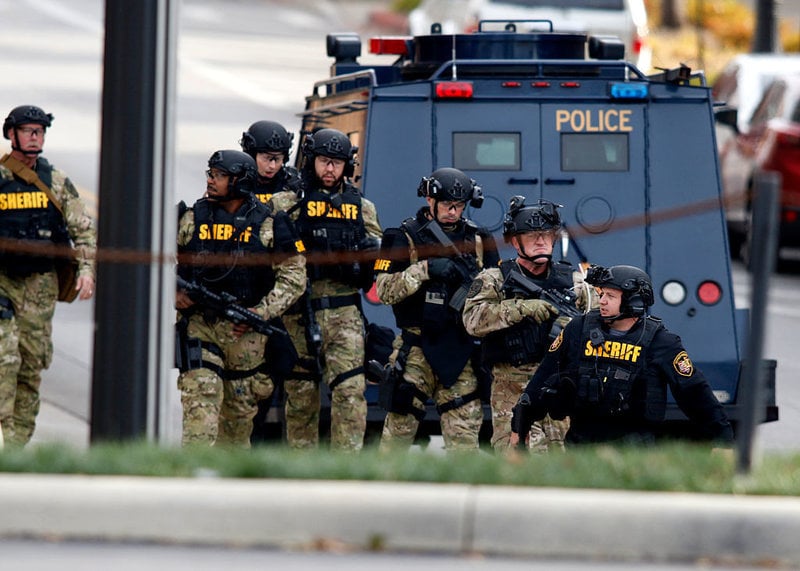
Now that we understand SA for communications let’s go over why it is important.
Why SA is Important for Communications
When we get down to the brass tacks, SA is essential to communications. But why is this? If we can think of communications as the transmission of information, SA allows that information to be as accurate as possible.
Accurate information in communications helps to avoid conflicts and misunderstandings. Technological advances allow us to speak with anyone just about anywhere in the world. Military and first responder units across the globe have benefited significantly from these advances. But, talking to someone halfway across the planet may cause more harm without accurate information to pass.
SA helps develop a precise picture that can be disseminated to all parties and act as a force multiplier once refined into actionable information.
Tips for Better SA in Communications
Developing good SA takes practice. With a focus on SA related to communications, it always requires an understanding of the equipment. For this reason, it is essential to make sure the right people are building your SA.
Individuals tasked with building the SA picture should understand both the general principles of communications and the specific assets that will be part of the decisions made after SA is disseminated. You can’t expect someone who has never been educated on how radio waves move through space to determine if a canyon may cause handheld radio issues.
Ask yourself if there will be equipment from other agencies that your SA building team is not familiar with. Perhaps you are part of a first responder unit reacting to a natural disaster, and you will be working with military units called in to help. Are you aware of the radio equipment they will be using? If the answer is no, you should educate yourself before building your SA picture. The capabilities and limitations of the equipment might have a significant impact on operations.
Building SA is best when you have several people working on it. Everyone sees the world around them differently. What is essential to one person may not even be noticed by another. Rely on the shared skills, experiences, and strengths of your people and those selected from collaborative organizations.
Funnel the observations and the recommendations of many sets of eyes into building the SA picture. Look for help during this process from everyone that will be involved. An additional benefit to building SA with multiple agencies is greater buy-in. At times, various organizations may want to only rely on their information. If they are a part of building your communications SA, there will already be a bias towards the information you are sharing.
Building SA is vital in all situations but especially for communications. The nature of using technology to transmit our understanding of the world around us to others demands that our information is error-free. Accurate and timely SA is one of the best tools for ensuring we get the most out of radios, cell phones, and satellite-based assets.
Take the time to discuss building SA with your team. Practice creating the SA picture and look to conduct training with agencies and organizations you are likely to interact with in the future. Finally, make sure you and your team understand the equipment. A well-developed communications SA will significantly improve any situation you encounter.
